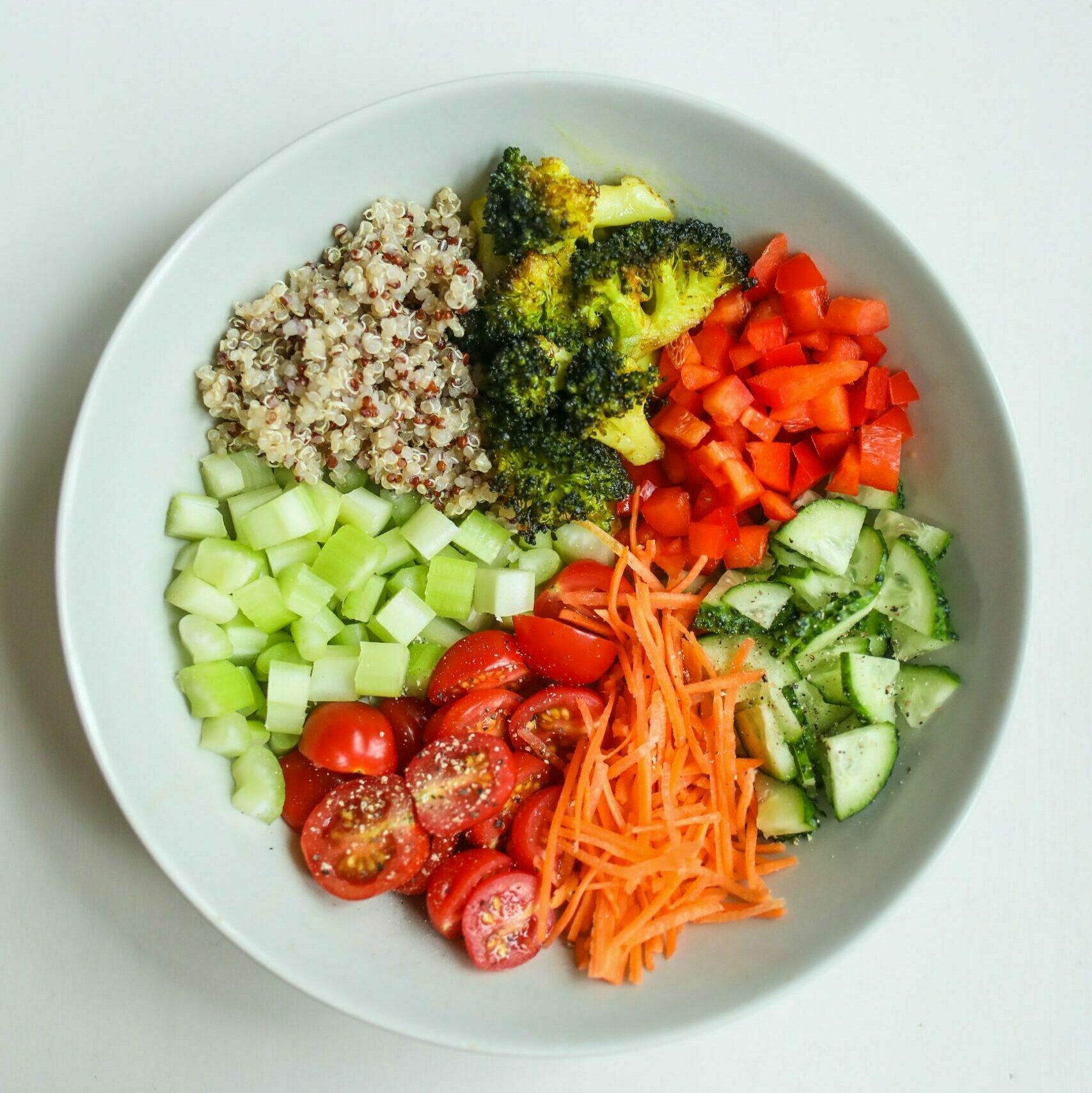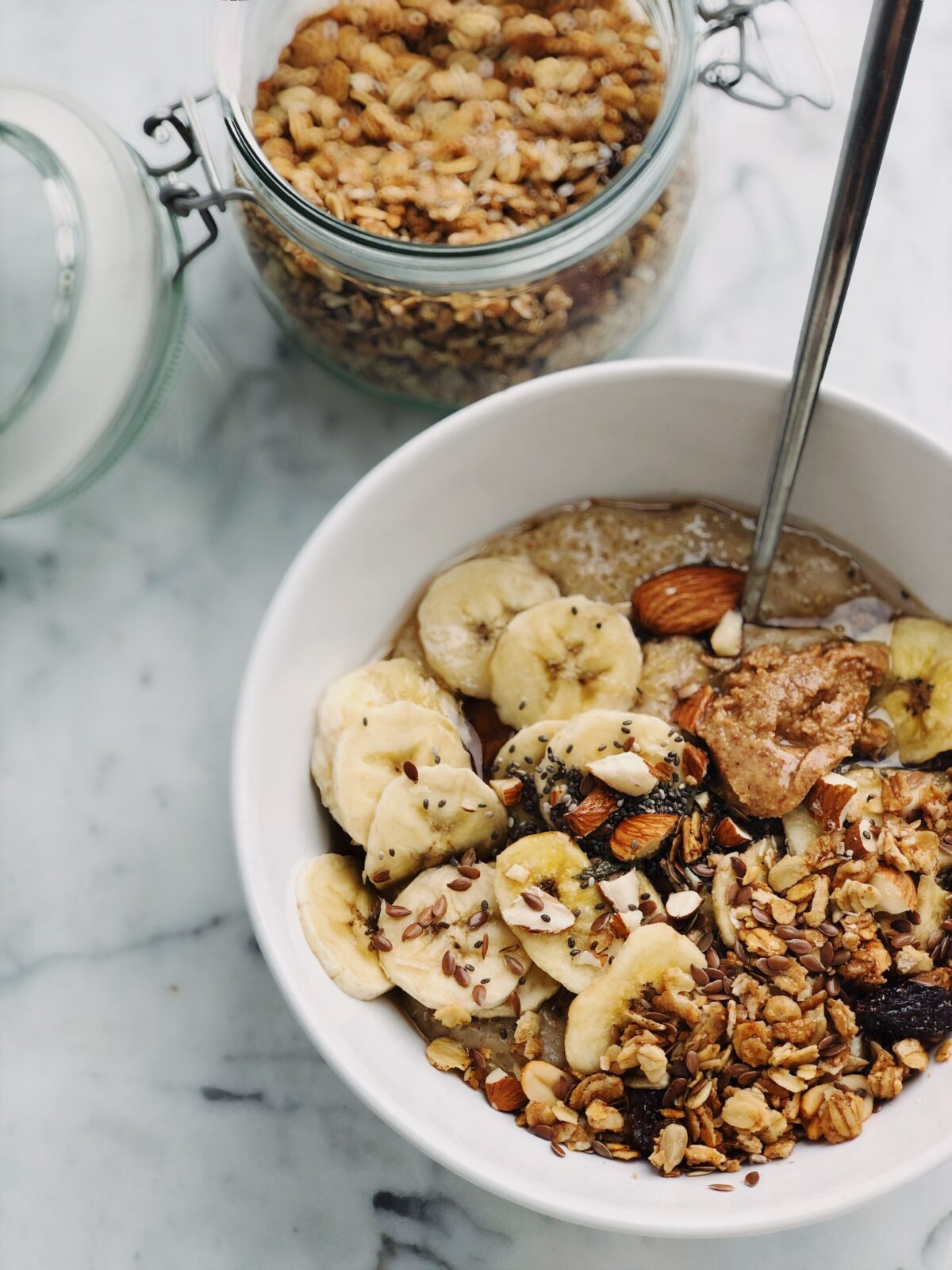When can I return to exercise after delivery? That seems to be at the top of most people’s list of questions for providers.
A typical 6 week postpartum visit with your OBGYN or midwife is simply checking to see if your cervix is closed and any stitches are healed. This is not a full examination of muscle recovery and function. Even if your birth experience wasn’t traumatic, there is still a level of trauma that occurs to the body, especially the core and pelvic floor. Six weeks postpartum isn’t a magical healing time for these muscles. This is where working with a pelvic floor physical therapist for a pelvic floor exam and a qualified postpartum trainer to help guide you back into the movements you love will really transform your recovery and future progress.
Some areas to consider with postpartum exercise:
– Stress
– Diastasis recti
– Hormone changes
– Pelvic organ prolapse
– Incontinence
– Breastfeeding supply
– Fatigue
Fatigue and Stress
Exercise has many known health benefits. However, when your body is already deeply stressed from birth recovery, lack of sleep, learning how to parent a new baby, and navigating adding another human to your household, adding more stress on top (even if it is “good” stress like exercise) could do more harm. In times like this, slowing down and prioritizing rest need to be key components of your fitness plan. This can look like prioritizing flow and mobility work, adding in rest days, increasing the rest time between sets, or decreasing the number of high demand movements within a single workout. This is one area where you will want to really lean in to listening to your body. Issues such as adrenal and thyroid dysfunction and hormone imbalances can sneak up on you during postpartum with the combination of hormone shifts, fatigue, and stress.
Exercises You Can Do Early Postpartum
You can return to fitness postpartum with the appropriate modifications and strategies. These four exercises are a great way to start rebuilding your foundation and get you back to the activities that you love.
Breathing
- Breathing is the foundation to your postpartum recovery and strength building process.
- Try 360 degree breathing
Kegels
- Not just a squeeze, a kegel is a contraction with a lift of the pelvic floor.
- Note: Depending on the amount of birth trauma, these may not be recommended. Consult with your doctor and request a referral to a pelvic health physical therapist to determine the appropriate pelvic floor exercise for you!
Mobility Work
- It feels good to move your joints after spending so much time sitting to hold and feed baby, especially after 9 months of growing that baby. Focus on shoulder and hip mobility with movements such as wall angels, good mornings, and shin box flows.
Walk
- Start with short trips around your house and progress to short trips around the block (Week 1= in/around the bed, Week 2= around the house, Week 3= around the block/outside). Gradually build distance and time.
- Feeling symptomatic when walking? Sometimes changing to walking on a slight incline can help your body get into a better position.
Gráinne M. Donnelly GM, PT, Brockwell E, Rankin A, Moore IA. Beyond the Musculoskeletal System: Considering Whole-Systems Readiness for Running Postpartum. J Wom Health PT. 2022;46(1):48-56.
Deering RE, Christopher SM, Heiderscheit BC. From Childbirth to the Starting Blocks: Are We Providing the Best Care to Our Postpartum Athletes?. J Orthop Sports Phys Ther. 2020;50(6):281-284. doi:10.2519/jospt.2020.0607.
Casey Thomas-Hardesty, MS, NTP & Jenny LaCross, PT, DPT, PhD(c), WCS, ATC, CLT-LANA
© WKU {2022} All rights reserved.





